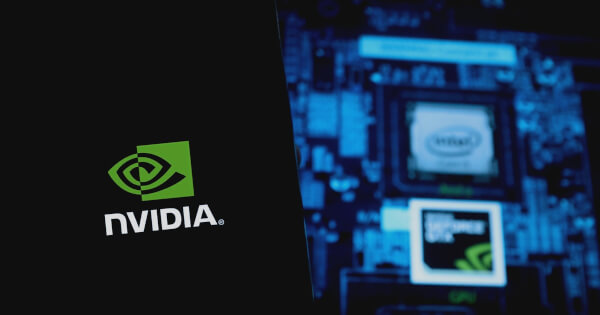NVIDIA Supercharges Python with Breakthrough CUDA Kernel Fusion Tech
NVIDIA just dropped a game-changer for Python developers—CUDA kernel fusion tools that’ll make your GPU sing. No more performance bottlenecks, just raw speed.
Why it matters: Fused kernels mean fewer memory trips, tighter code, and benchmarks that’ll leave your competitors sweating. Python’s about to get a lot more dangerous in the hands of quants and AI researchers.
The cynical take: Wall Street’s already salivating—anything to shave nanoseconds off those algo trades while pretending it’s ‘for science.’

NVIDIA has unveiled a significant advancement in its CUDA development ecosystem by introducing cuda.cccl, a toolset designed to provide Python developers with the necessary building blocks for kernel fusion. This development aims to enhance performance and flexibility when writing CUDA applications, according to NVIDIA's official blog.
Bridging the Python Gap
Traditionally, C++ libraries such as CUB and Thrust have been pivotal for CUDA developers, enabling them to write highly optimized code that is architecture-independent. These libraries are used extensively in projects like PyTorch and TensorFlow. However, until now, Python developers lacked similar high-level abstractions, forcing them to revert to C++ for complex algorithm implementations.
The introduction of cuda.cccl addresses this gap by offering Pythonic interfaces to these Core compute libraries, allowing developers to compose high-performance algorithms without delving into C++ or crafting intricate CUDA kernels from scratch.
Features of cuda.cccl
cuda.cccl is composed of two primary libraries: parallel and cooperative. The parallel library allows for the creation of composable algorithms that can act on entire arrays or data ranges, while cooperative facilitates the writing of efficient numba.cuda kernels.
A practical example demonstrates using parallel to perform a custom reduction operation, showcasing its ability to efficiently compute sums using iterator-based algorithms. This feature significantly reduces memory allocation and fuses multiple operations into a single kernel, enhancing performance.
Performance Benchmarks
Benchmarking on an Nvidia RTX 6000 Ada Generation card revealed that algorithms built using parallel significantly outperformed naive implementations utilizing CuPy's array operations. The parallel approach demonstrated a reduction in execution time, underscoring its efficiency and effectiveness in real-world applications.
Who Benefits from cuda.cccl?
While not intended to replace existing Python libraries like CuPy or PyTorch, cuda.cccl aims to streamline the development process for library extensions and custom operations. It is particularly beneficial for developers building complex algorithms from simpler components or those requiring efficient operations on sequences without memory allocation.
By offering a thin LAYER over the CUB/Thrust functionalities, cuda.cccl minimizes Python overhead, providing developers with greater control over kernel fusion and operation execution.
Future Directions
NVIDIA encourages developers to explore cuda.cccl’s capabilities, which can be easily installed via pip. The company provides comprehensive documentation and examples to assist developers in leveraging these new tools effectively.
Image source: Shutterstock- nvidia
- cuda
- python
- kernel fusion

